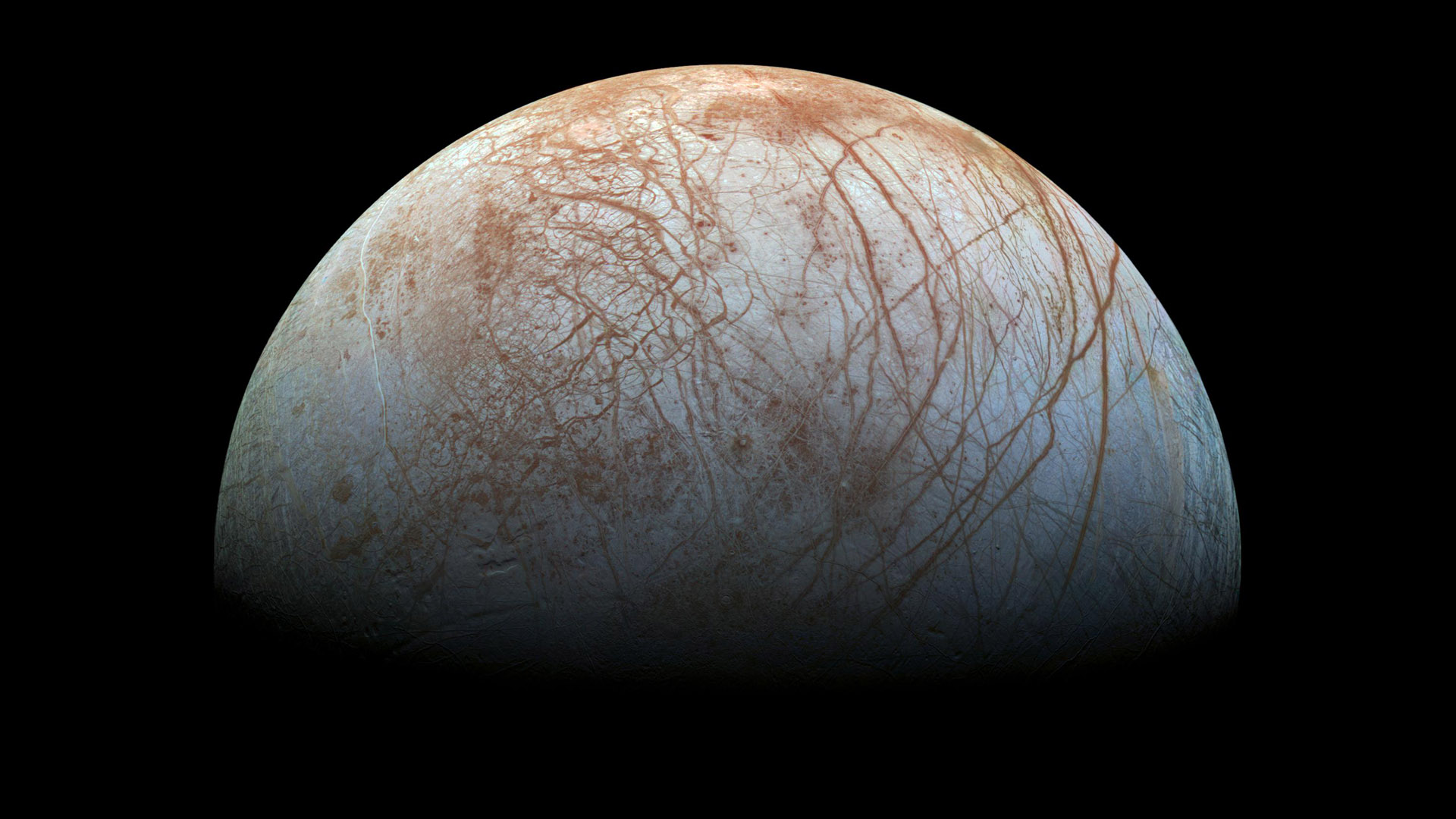Two faint supernovas unlike any starexplosions ever seen before may have exploded in the same way, or they maydiffer, but in either case are breaking down categories that distinguish onetype of stellar death from another.
Supernovasare violent explosions that signal the death of stars, and scientists thinksuch stars explode in two basic ways. Either the core of a star at least eighttimes as massive as our sun collapses violently and ejects the its outerenvelope, or a small and aged white dwarf star sucks in material from a nearby companionuntil it grows too massive and explodes.
But at least one of two newfound supernovasappears to have broken those molds.
A partial explosion
One of the supernovas in question is SN 2005E.It is unusually faint and quickly fading, but also has properties commonlyassociated with the supernova core collapse method, such as a lack of hydrogenand silicon in its light spectrum. Such supernovas, called Type 1b, are thoughtto result from collapseof a star that has lost its hydrogen envelope.
However, SN 2005E occurred in the halo of anisolated galaxy known as NGC 1032, which no longer supports star formation.Outside of star forming galaxies, stars generally don't get massive enough tosupport core collapse.
"We didn't find any trace of starformation," said study researcher Hagai Perets of the Harvard UniversityCenter for Astrophysics. "That's the basic strange thing about thissupernova."
Breaking space news, the latest updates on rocket launches, skywatching events and more!
Perets and his colleagues argue that SN 2005Emust have occurred when a white dwarf star accreted helium-rich material from anearby star and then partially exploded, as some models indicate is possible.Burning of helium would explain why 2005E was extremely rich in calcium —something that isn't normally seen in type 1b supernovas.
The researchers estimate that 2005E ejectedabout a third of a solar mass when it exploded, which is much less than supernovasof either the core collapse or regular white dwarf variety. Nearly half of thatmaterial was calcium.
Current models can't explain all the unusualfeatures of the supernova, but Perets told SPACE.com that if partial explosionsof white dwarf stars do happen, they might explain a number of puzzlingfacts in astronomy, such as why some stars and intergalactic dust are sorich in calcium and possibly even mysterious gamma rays that researchers haveproposed might be coming from dark matter.
Supernova oddity
The second newly found supernova, SN 2005cz,was also relatively faint and rich in calcium for a type 1b.
But based on the pattern of light it emitted,Japanese researchers argue that it must have resulted from core collapse in theconventional way. They propose that a star of 10 to 12 times as massive of thesun lost its hydrogen envelope to a binary partner beforeexploding.
According to the researchers, modelingindicates that such a low-mass star would produce the right ratio of calcium tooxygen seen in the supernova.
"We can explain [it] in the context oftraditional core-collapse scenario," said Koji Kawabata of HiroshimaAstrophysical Science Center.
A possible problem with this interpretationis that 2005cz occurred in an elliptical galaxy, NGC 4589, where stars ofsufficient mass for core collapse would normally be rare. The researchers citeevidence that the galaxy shows signs of recent star formation.
Perets said he and his colleagues found noevidence of star formation near 2005cz. He said the supernova is most likelyanother partially exploded white dwarf, like 2005E.
Bolstering their argument, Perets and hiscolleagues identified a total of eight supernovas that match the generalproperties of 2005E, including faintness and high calcium content, and 2005czis one of them.
"I would be surprised if '05cz turnedout to be core collapse because of the statistical distribution of the class ofeight," says David Branch, an astrophysicist at the University of Oklahomain Norman, who was not involved in either study.
Branch says the whitedwarf explanation is probably on the right track.
"We can't really sort this out rightnow," he said. "The main thing is it will stimulate observational andmodeling advances, because people will want to get to the bottom of this."
The new results are published in the journalNature.
- Top 10Star Mysteries
- What is aSupernova?
- SupernovaExplosion Recreated in 3-D
Join our Space Forums to keep talking space on the latest missions, night sky and more! And if you have a news tip, correction or comment, let us know at: community@space.com.
J.R. Minkel covered space, physics, cosmology and technology for Space.com, Live Science, New Scientist, Popular Science, Discover, and Scientific American, all while writing his own blog A Fistful of Science and authoring a book entitled The Instant Egghead Guide: The Universe. Minkel earned a master's degree in Science and Environmental Reporting from New York University and a B.S. in Molecular Biology from Vanderbilt University, where he dabbled in zebrafish genetics.
